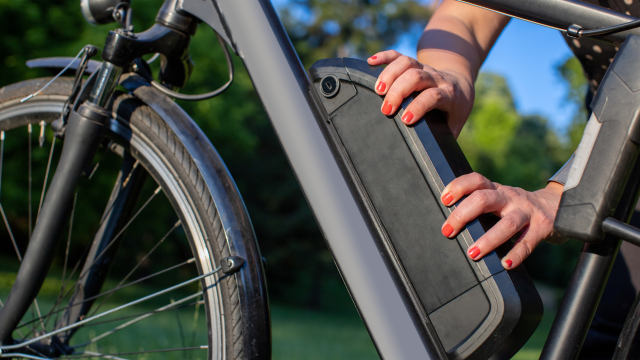Electric bikes (or e-bikes) in Australia are subject to quite a bit of legislation and restriction, limiting where you can ride them, how motors operate and what types are allowed and not allowed. Generally, they’re allowed, but the states of Australia are strict on them.
If you’re thinking of picking up an electric bike, here’s what you need to know about them in Australia, how much they cost and how different types operate.
Electric bike legality in Australia
Across Australia, electric bikes are covered by the same rules and restrictions held up by the European standard: EN 15194: 2009 and EN 15194:2009 + A1:2009. Some states include these standards in their own rulesets, such as Western Australia’s eRideable rules, but for the most part, the following rules are typical across Australia (despite some small differences in speeds and rules, which come back to bike rules).
There are two types of e-bikes in Australia, and the motors of both are speed limited to 25km/h (although you can manually pedal over this speed limit). Conforming to the Australian government rules on e-bikes, here’s what defines each type of e-bike:
Power-assisted pedal bicycle (formerly known as Pedalec)
- The electric motor must operate at 250 watts or less
- The bike cannot be propelled solely by the motor and must be pedalled
- Weighs less than 50kg.
Power-assisted bicycle
- Needs to operate at 200 watts or less
- Has a throttle for activating motor power, with power being reduced up until 25km/h (where it is cut off) once you surpass 6km/h
- Can be propelled solely by the motor up to 6km/h.
These rules are largely consistent across Australia’s states, but it’s important to keep in mind that NSW is currently trialling e-scooters in select areas, and that they’re not widely legal in the state. That being said, e-scooters are legal in other Australian states and territories.
Additionally, as noted by Dirodi, bicycle laws vary from state to state, which e-bikes are also subject to. This impacts things like using your phone on the bike and carrying passengers. If you’re a cyclist, it’s important to brush up on the bicycle laws in your state.
Helmets are required across every state, and if your e-bike achieves speeds higher than 25km/h using the motor, then it needs to be registered as a motorbike and you’ll need a motorcycle licence. Motorbike laws apply at that stage.
How much are electric bikes in Australia?
Speaking broadly, electric bikes typically cost between $800 and $12,000, depending on the brand, battery size, model type and performance options available. Looking into it, it appears most bikes float around the $3,000 to $4,000 price point, each offering different specs, shapes and colours.
When you’re shopping for an e-bike, make sure you’re shopping for your preferred style (power-assisted pedal bicycle or power-assisted bicycle), and that you’re keeping an eye out for e-bikes with smaller batteries
Do electric bikes charge when you pedal?
Electric bikes do not charge when you pedal, although we’re starting to see some with regenerative braking that feeds energy into the battery when you brake (like in an EV). Generally speaking though, you’ll need to charge your e-bike with a wall socket cable (some e-bikes come with removable batteries).
How long does an e-bike battery last?
According to 99bikes, some lower-end electric bike brands can give you a range of between 30km and 60km, although some more expensive brands can give you a range of 120km. Keep in mind that this range is impacted by rider weight, riding surface, cargo, weather and the age of the battery (the batteries tend to last between three and five years).
Is it worth getting an e-bike?
While they’re typically more expensive than standard bikes, electric bikes give you power assistance when you need it, so that you’re not struggling up hills or in the wind. Having that extra power comes in handy if you’re riding on a busy road and want to keep up with traffic, however, keep the law in mind.
You don’t need to use the power assistance on your bike, if you’d like to put more of your own energy into cycling, but it’s important to remember that the electric motor is not intended to be the main form of propulsion on an e-bike. You’ll still need to pedal.
